This was an ongoing email from a young rider in Australia. These are often the most fun!
Question: I have been riding English for about 7 years now. I think I’m a pretty good rider, and I do take lessons in the cooler months. I’m trying to learn about down transitions. I can’t get them and I’m confused from what my coach tells me. I have to keep my legs on and bring my hands back, but my mare just slows down and gets bouncy and doesn’t stop. I don’t understand what the reason for having my legs on the horse to stop is? My coach can’t tell me in a way that I get, and was hoping you could.
Answer from April Reeves: Well Alli you are not going to like my answer much, because it goes against everything your coach is telling you.
First, lets address legs on. If it confuses you, it should. It is the signal for forward and, done correctly, to bring the hindquarters under the horse, and although a lot of teachers believe you should have your legs on for downward transitions, I don’t and here’s why.
First off, your horse should be underneath you properly in the first place to begin a downward transition. Why is anyone attempting a down transition when their horse’s legs are “swinging out the barn doors” (my little saying for not being engaged).
Until you have “connection” with the horse and understand, both of you, that the horse’s power comes from behind your legs, and that her back legs must be underneath her, downward transitions will never be good or comfortable.
Another thing is you. What is your position like? How are you sitting at the point of “down”?
What I see is that most people “collapse” to do a down transition. What you need to do is the opposite. Sit up! Look ahead. Don’t drop your head: raise it up, way up high. That line will follow down your spine and into your pelvic area. Your core (bellybutton area) needs to be prominent, and your pelvis/hips move slightly forward. If you were a Western rider, I would tell you: “try to stuff your back pockets of your jeans into the saddle”. In English the feeling is the same but not such a dramatic move (the Western movements of reining and cutting are more sudden and fast, and demand a bit stronger, cleaner signal). At this point you are 2% behind the vertical, which is very, very small. You won’t bring your hand back: you will just close your hand on the reins.
Start at a walk. Move through the above and as you close your hands at the end, wait for the horse to pick up the signal. Make sure your leg is OFF the horse. If she doesn’t halt within 10 steps, add a bit of pressure with the reins but don’t “pull” the horse to a stop. If the horse is not use to this, and it’s possible she won’t be, you will have to do a lot of this until she begins to pick up the cues. How long that takes is up to you. The more consistent you do it, the faster the horse is at learning. Eventually she will pick this up quickly. Even though you are working at the walk, you still must ask her to engage her hindquarters. Ask her to walk with “enthusiasm” and you will get better downward transitions. If she doesn’t pick this up fast, do not change what you are doing and how you are asking her (provided you are doing it correctly). Any change in your instruction will only confuse her more. Less is more. Slower is faster.
Although you may not be able to feel this yet, a horse’s back rises when this is done properly. It’s subtle, but eventually you will have the experience to feel this.
When she stops, keep your position and in a loving voice, tell her she’s a good girl. All horses do better when they know they did it well. They do understand this, even if humans don’t.
Once you’ve perfected that, you can move into trot/walk transitions, and continue along your merry way until they are all comfortable and connected. That should take you about a year, if you are consistent.
You will know when you are not doing them properly:
The horse will hollow (you will sink in the saddle). This is the result of “collapsing” your body in the process. Your weight is coming down on the back improperly.
The horse will bring her head up and often open the mouth. Your hands are too abrupt and need to soften, plus the mare wasn’t connected in the first place.
Your end results should give you a soft, light horse that begins to connect and bring herself underneath her to prepare for the down transition. You should not have much if any rein pressure. And she will do this with happy ears.
Alli: Hi April, I did what you said to do. It worked the first time! I was so excited but I did do it again and it still worked and I’m more excited every time and it was easy. When can I start to trot?
April: Whoa there Alli – glad to see it worked (and I knew I should have bet good dollars on this one)! I guess, since your email was almost 2 weeks apart from when you started that you have worked on walk/halt transitions for at least 5 or more times. If they are consistent, and you are consistent, and she does not bring her head up or hollow her back, then try the trot/walk now. If you have trouble, go back to walk/halt. Always go back when you come into a roadblock. You will find once the horse is good at walk/halt, you will need less aids in the trot/walk. You will need to sit it at first to be able to give the horse clear, direct communication. If you are not comfortable with sitting trot work, there’s another thing to practice before you work on trot/walk transitions. Take your stirrups away and sit tall with your core forward. “Ride from your core!”
Alli: I practiced my sitting trot. You were right, I needed to work on that. I took away my stirrups and it did hurt for a while but now I feel okay. The first time I asked her she almost stopped. I went forward but she didn’t react. It is a bit trying but I am getting the hang of it. I will keep working though I promise! Thank you, and golly, I fired my coach. Haven’t seen her in a time anyway.
April: Do find another coach if you can: one that is at least open to trying new ways. Especially ones that work! When riding hurts it’s either because you are not doing it properly, or you are and you need to push past the pain and get tough (that’s what one of my instructors say). Good for you to do that. And, golly, email me again if you have questions. (I do love the way the opposite side of this planet speaks!).


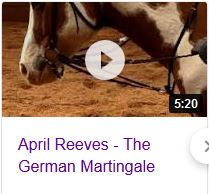
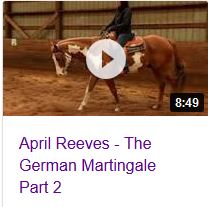
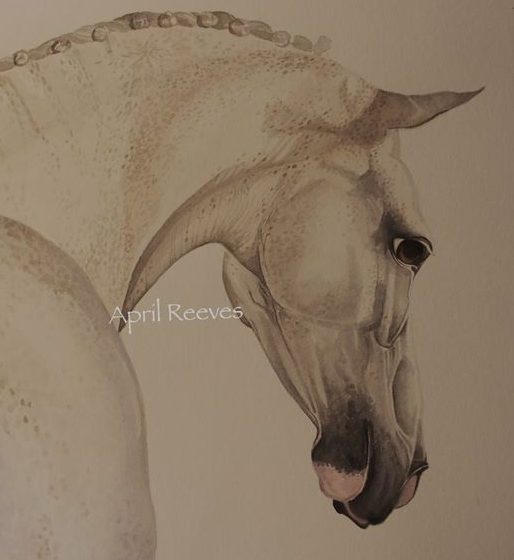

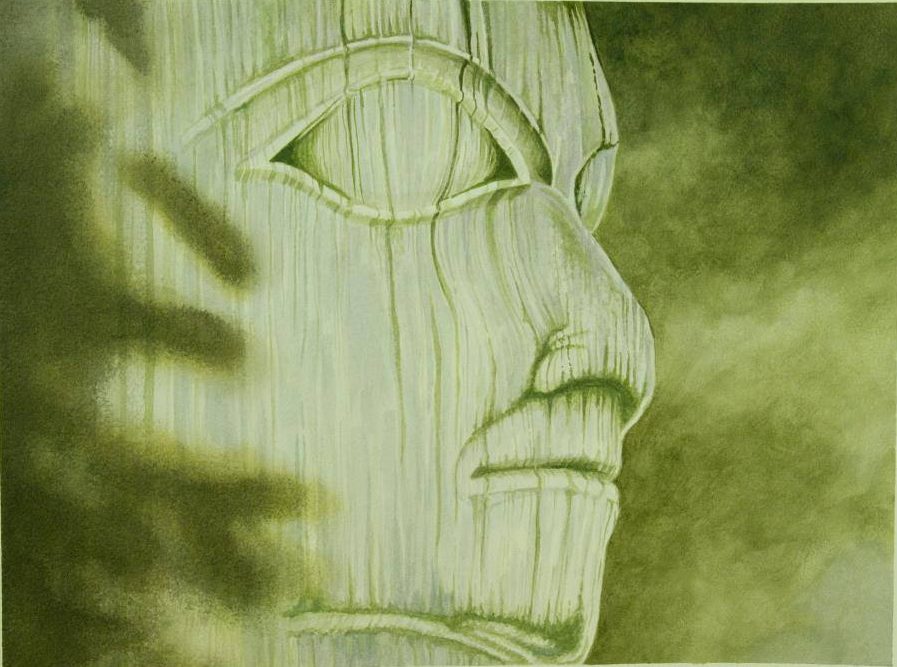
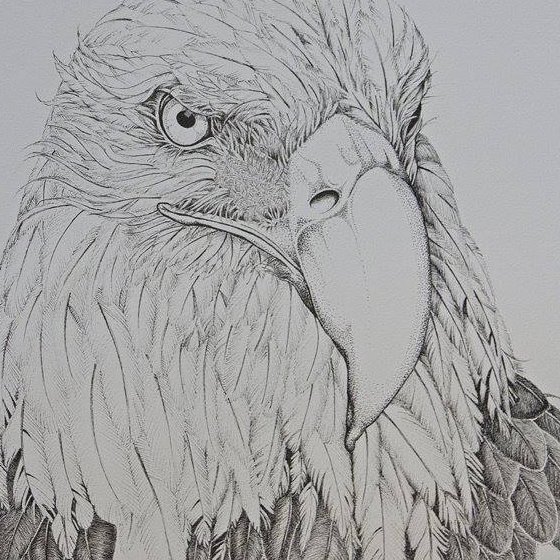




Fascinating post and such great advice. Can’t wait to start integrating this in my own work. I realize that I may be collapsing a bit when going from posting trot to walk and while not dramatic, it would be better to get this clean on my end!!
Thanks as always.
I see it in everyone! And yet, in the study of energy, a collapse is a move forward, which may appear small to a human but the horse signals this as “forward” and continues on….
I will be writing more about energy and how it flows from rider to horse and it’s effects. Interesting study and it really helps with understanding why things work or don’t.
We have a problem here in Australia with some coaches. They resist using the one rein stop, dislike anything ‘western’, teach confusing leg aids, and have an abject horror of riding with loose reins – and prefer to teach kids to hang off the horses mouth. Too many riders don’t know how to stop their horse, and too many riders do’nt know how to make their horse go forward properly. A good shake-up in the system is needed
I will use your comment for a post Tracey. Thank you for this!